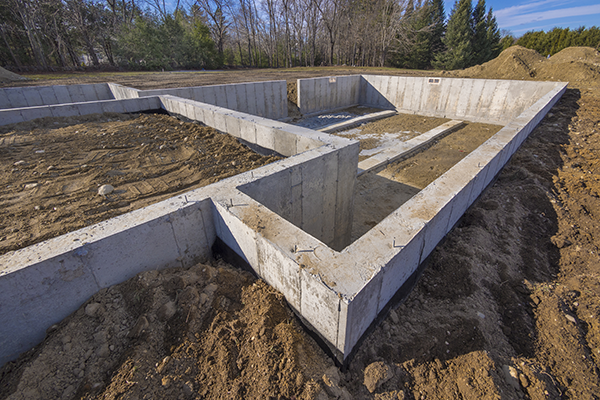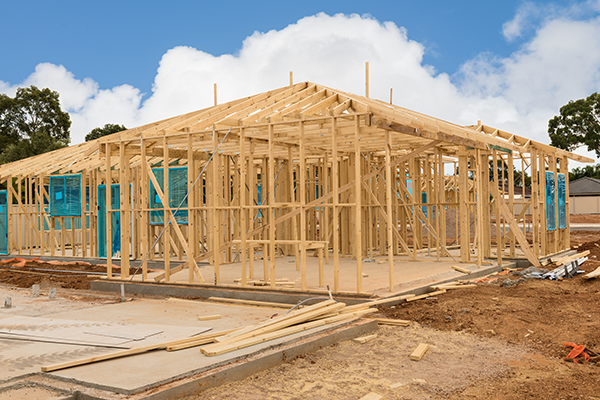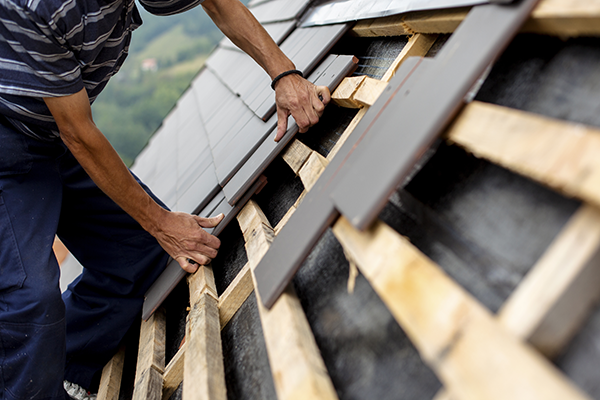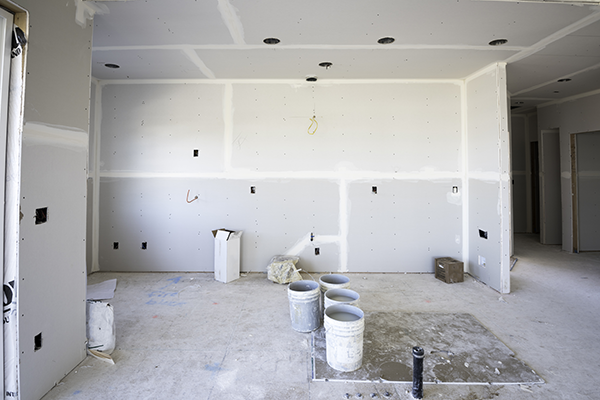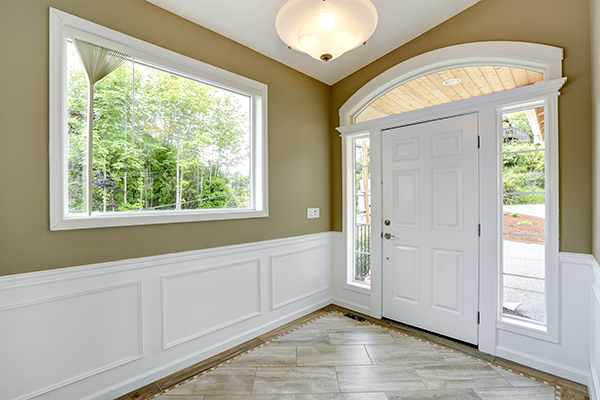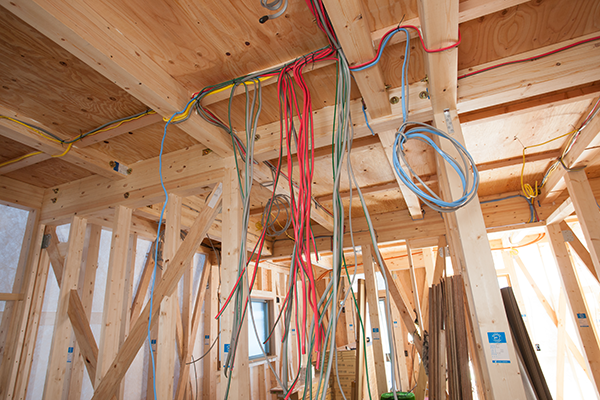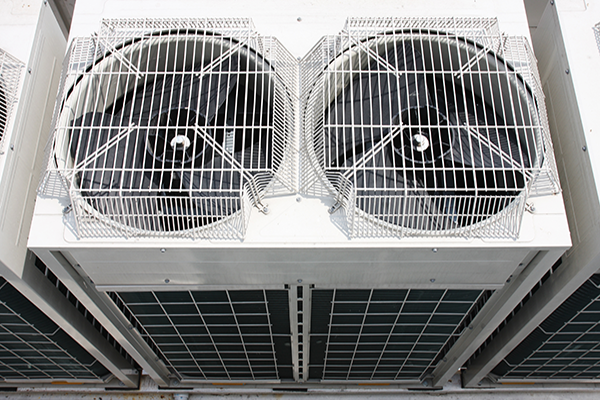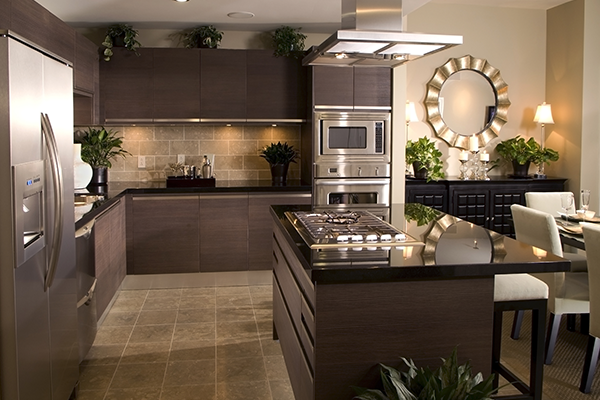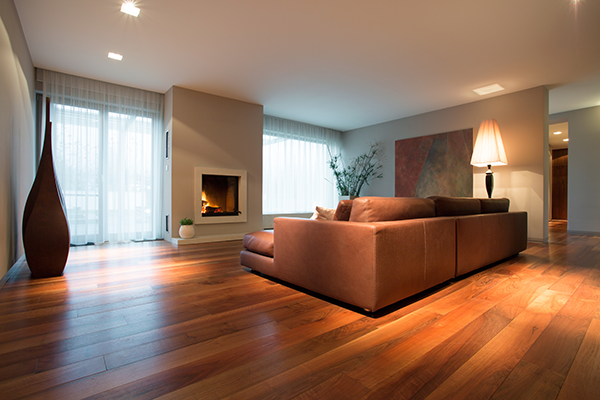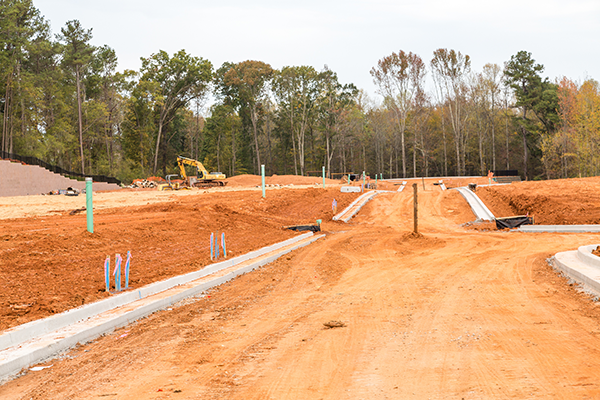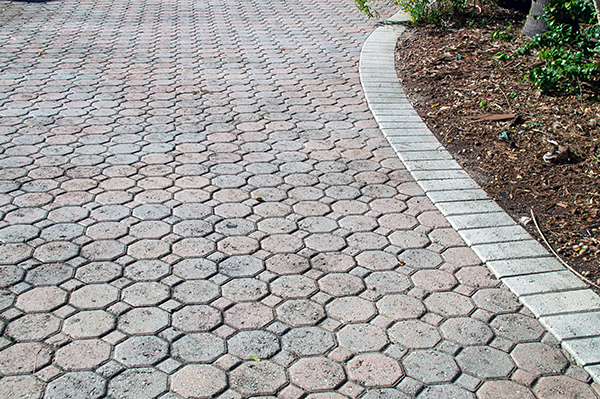A History of Salvaggio Group
There's something about building a house...
Quality craftsmanship starts with our organization and our roots. The Salvaggio family's heritage in construction was forged in the "service business." Today, The Salvaggio Group is comprised of a father and son team that are both Professional Builders, each with strengths in different fields of construction.
This unique anatomy allows us to service construction needs ranging from renovations of existing homes to the most elaborate custom home your architect can design. Additionally, our team is highly versed in medical construction and land development solutions.
Regardless of the scope of work, The Salvaggio Group offers a unique opportunity for the client to reap the benefits of our diverse knowledge of the industry.
Frequently Asked Questions
The cost per foot is dependant largely upon the size of the build and level of finish-out. A two story home typically cost less per foot than a single story home because upstairs footage is less expensive.
The cost per foot is dependant largely upon the size of the build and level of finish-out.
A well though out addition can be a monetary asset and provide a handsome return. Things to consider are how long you plan to stay in your home, how much do you already have invested and does the addition provide “The” missing piece to the home. Would the addition make your home demand top dollar at resale?
That depends on the size, complexity and time of year the project starts. Every project has different variables that can largely affect the timeline.
We have three fulltime builders on staff that are all partners in the company. We are not a one man show. Simply put, three sets of eyes are better than one.
Every home is different. The age, construction type, tree canopy and orientation to the sun are huge factors. Major construction components such as windows, doors, weatherstripping and insulation can be the main culprits of poor efficiency. Our staff can visit your home and make recommendations based on your specific home.
Cost per foot is not a good measure of cost for a remodel. Major structural and mechanical changes can add up quickly. Cabinets and Appliances can range from economical to extremely expensive.
The Owner has a lot of control over the cost of the homes construction. There are two major categories to consider when you are building.
Cost factors I can’t control. Items such as permit fees, city connections, fluctuating roof and lumber cost. These and many other “bricks and sticks” items are set fee structures or worse, commodity items that fluctuate with market conditions as well as supply and demand.
Cost factors I can control. Being decisive and prudent! The homeowner that comes to our group prepared and decisive realizes tangible results. Thousands of dollars are wasted on projects when an owner visits the architect a dozen times verses two or three because of indecisiveness. Indecisiveness can result in big money and busted timelines for everyone involved.
You bet… but beware. Our policy is to purchase from local vendors whenever possible. Buying locally keeps tax dollars in our community, saves our jobs, and is a “green” solution to cutting back on pollution and resources required with shipping. If a product is not locally available at a fair cost, turning to the web is a great solution. We have various online vendors we have had great results from. Our policy is to supply all materials for all projects. Unless you have an heirloom that has been designed into the project, we prefer the owner not act as a purchasing agent. That’s what we get paid to do.
Many times the lowest bid is missing something or there are hidden exclusions. Unfortunately, homeowners are taken advantage of by less than honest contractor’s everyday. Sometimes the lowest bid happens to actually be the best contractor, that’s when instinct has to kick in.
We have an established business and opportunities for projects ring our phone daily. With that said, we don’t “hard” sell. In fact, one of the first questions we ask is “Do you plan to get more than one bid?” You should always get more than one bid but be careful not to waste people’s time. A good concise bid will come in the form of a written, preliminary contract form stating specifications for the build, insurance information and state license information at a minimum. Anything less than this, don’t walk; RUN! We urge everyone to get more than one bid for many reasons.
Two or three bids should be plenty, and it gives you something to compare to.
Every builder has a different philosophy on building and different strong suits, the process will help you find the right fit.
The bid process tells the story! Look at it this way, if the bidding contractor doesn’t respond quickly, puts you off, is inconsistent, loses interest when you ask lots of questions… guess what, he or she is not going to change once you start construction! If the contractor is a poor communicator, they are not the right fit. Communication is a huge factor in any project.
The last reason… we have been awarded more projects by people who get multiple bids and we usually are not the low bid! Sounds crazy? More clients come back to us and tell our group that we may not have been the lowest bid, but we submitted a higher level of detail in the contract and we have great communication.
NO! If a project requires a permit and the contractor is not eligible to pull a permit, he or she may be hiding something. Don’t walk, run! A good contractor can always pull a permit. The permit binds a contractor to the project. If you pull the permit and issues arise, guess what; you are liable. When the contractor runs off with your 70% down payment, the first question the lawyers and courts will ask is “who pulled the permit?” When a contractor pulls a permit that is a binding agreement with the municipality to follow the rules and regulations set by code enforcement. A permit also sets precedent for that contractors insurance to cover the project (lowering the homeowner’s exposure).
It depends on the project. Fixed Price whenever possible, here is why.
Cost- Plus Contract:
Cost plus is a great insurance policy for the contractor. A cost plus contract is typically the (Cost) of materials and services to the builder (Plus) a fee typically based on some predetermined %. The contractor has little reason to price shop materials since their fee is more it the project runs over budget or materials escalate. There is little incentive to meet a timeline because the project could be an ATM as long as it keeps going.
On say a renovation project, there may be unknown items such as preexisting conditions behind walls that no one can foresee the cost of. In this case, we still recommend a Fixed Price contract on everything possible with a specific black and white exclusion of a questionable item.
Fixed Cost Contract:
Fixed Price is an insurance policy for the Owner. The concept is simple, a certain specification of build based on good design documents and intense review by the contractor, owner and architect (depending on scope). A good contractor will be willing to present a fixed price contract on any size/contract value project if they really know what they are doing and if the client is decisive. Fixed Price contracts will have a Change Order clause. If the owner makes any changes from the original specifications agreed upon, they will be expected to pay a cost plus 20% or more fee in most cases due to very time consuming delays, internal delays and losses due to changes in timelines.
